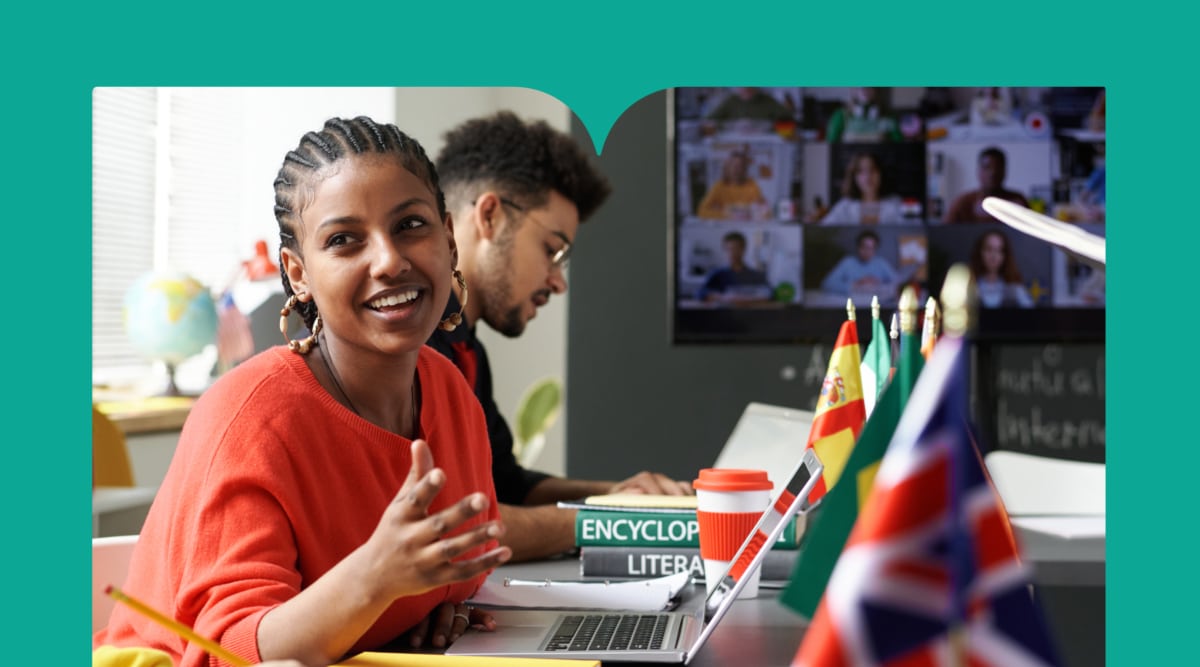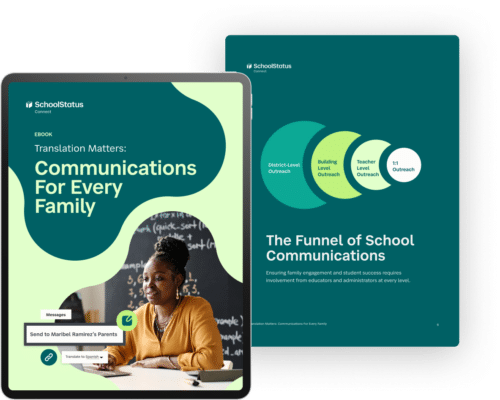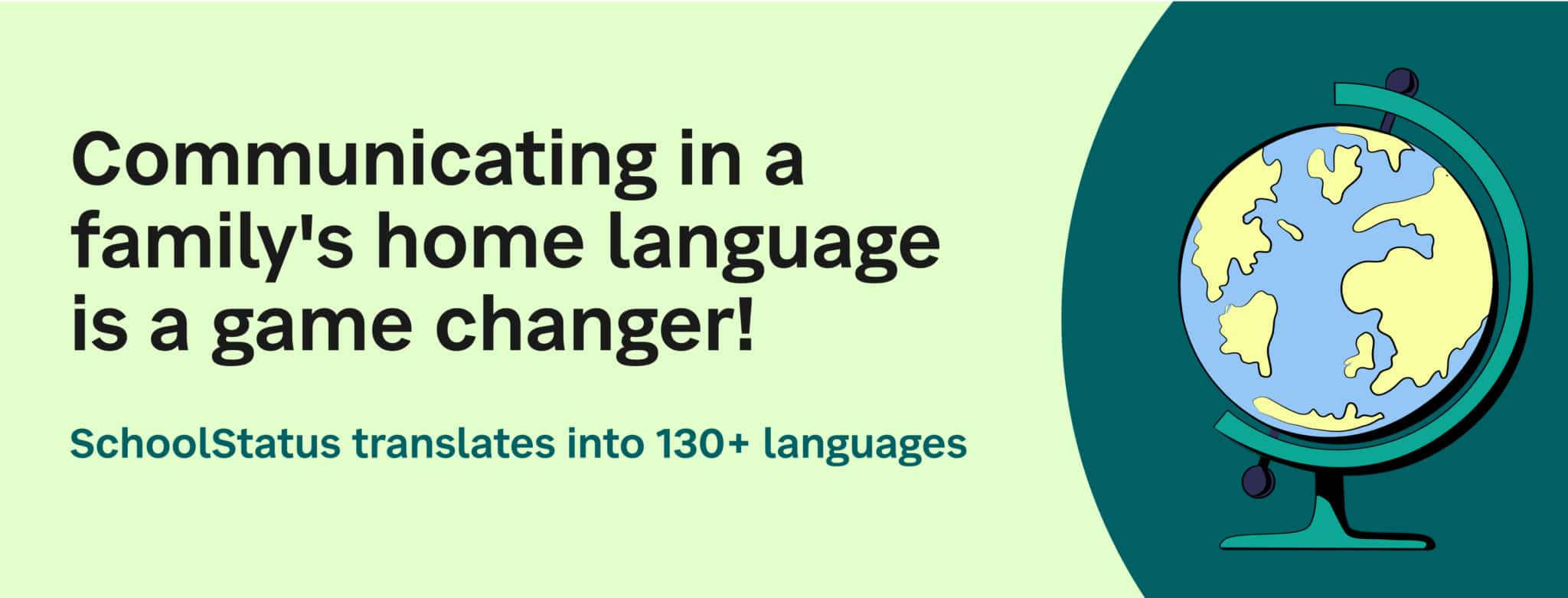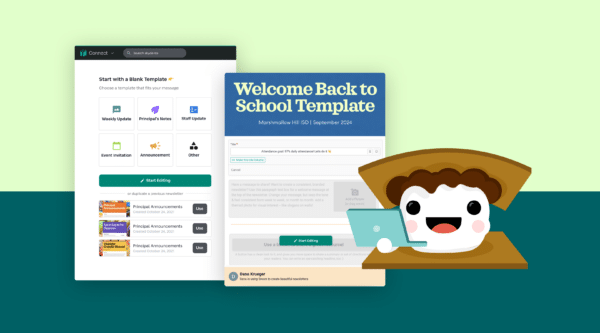

One of the best ways to create a culturally supportive and sensitive atmosphere is by providing learning opportunities that embrace the variety of students represented. Welcoming different backgrounds in the classroom strengthens feelings of inclusion. Reaching out to the families of our students can further encourage participation in activities and help teach and enrich others’ multicultural knowledge.
One great way to get families engaged in what’s going on in school is to simply invite them to participate. When topics are about celebrating families and their students, they won’t want to say no.
Here are 7 engaging activities for students, their families, teachers, and districts to help educate about cultural diversity.
1. Create a Mini-Heritage Documentary
Students can create a mini-documentary highlighting their cultural heritage. Through a blend of technology and interviewing skills, students can produce a film of up to five minutes filled with:
- Images of relatives
- Interviews from family members that include: traditional garb, music, dances, and customs
- Background of the area of the world they came from
These short films teach the class about their peers’ lives, how they relate to their own families, and how heritage shapes perspectives and behaviors.
2. Enjoy a Multicultural Classroom Celebration
Take the idea of a traditional class party and mix it with students’ unique cultures. Celebrations can include students bringing three items (one of them being food, of course) to represent and share their heritage.
Coordinating events with families is easy with SchoolStatus Connect. Create an event, add your list of needed items, and ask families to RSVP.
Students can prepare a description of their items to share aloud and explain the connections to their heritage. For example, a student speaking on their Mexican culture might share a sugar skull to honor Día de Los Muertos where families pay tribute to their loved ones who’ve passed away.
As students take turns sharing, fellow students can ask questions of their peers and engage with the families too!
3. Take a Virtual Multicultural Classroom Field-trip
Field-trips are always an excellent way for students to experience multiculturalism. However, the chances of an entire classroom hopping on a bus (or a plane) to travel long distances may not be realistic. Why not take a virtual field trip instead!
There are plenty of online resources where students can visit another place and learn about its culture, customs, and traditions. School computers and libraries give students the ability to select any country of their choice and tour its museums, schools, places of worship, monuments, and so on. After they’ve virtually “visited,” they can report their observations in a slide presentation or oral report to the class. If classrooms have recordings or highlights to share from these reports, circulate these throughout the larger school community in a newsletter!
4. Host Multicultural Classroom Guest Speakers
While it’s relatively common for schools to bring in speakers from various industries and careers to inspire students or share important messages, the same notion can be extended to educating about multiculturalism.
Select a panel of speakers from different cultures for a fun way to gain insight into diverse ethnicities, customs, and traditions.
Ask students’ family members to guest speak! Everyone can learn about the cultures of their classmates, and families can become directly involved in their student’s school community.
5. Encourage Playful Participation
The language of play transcends across all nations, regardless of one’s native tongue. Why not invite families into the classroom to teach games from their home countries?
For example, Kongki Noli is a popular Korean game like American Jacks. In the Philippines, Tinikling is similar to double-dutch jump roping, but with the use of bamboo poles instead.
Tips for learning these games can be shared through your school-home communications. Have the students write a brief explanation of the game. Then, why not circulate it in both English and the original language!

6. Holidays Around the World
A festive way to educate students is to observe traditional holidays from around the world. Each student can create a presentation that includes how their own home country—or the countries of their families—celebrate a particular holiday.
Students can share celebratory experiences they’ve had. If they haven’t had the opportunity to partake in one yet, they can interview family members or conduct online research. Each student’s presentation can include things such as holiday decorations, games, songs, and special foods that are enjoyed during these celebrations.
7. International Potluck
Food always brings people together. What better way to gather the masses than by hosting an international potluck? Each family can prepare a dish that is culturally significant for them.
Students can create the table tent cards and write down the name of the dish, its main
ingredients, and where it comes from.
To enhance the ambiance, ask students for 2-3 songs or instrumentals from their family’s country, load them all on a playlist, and fill the air with sounds of home. A tasty way to bring food, culture, and people together.

Communications for Every Family
Ensure that your communications are clear and impactful for ALL families in your district.
Download NowTeaching Across Cultures
Our classrooms should be celebrated for their diversity. It is important to teach students about cultures, traditions, foods, games, and overall knowledge that they may otherwise not experience on their own. When you incorporate any of these ideas into your teaching repertoire, not only does it expand your students’ cultural awareness, but families benefit from the inclusion and representation. It’s a win-win for all.
You can gather and share documentation of these events, share videos, recipes, game rules—everything!—so that all students and families have something to remember. SchoolStatus Connect helps schools encourage stronger engagements with families via a centralized communication hub for all channels—SMS, portal, email, and phone. With this accessible technology, it is easy to contact all members of the school community through automatically translated messaging. Communicating in the families’ preferred language is already an invitation to have a place—and a voice—to be represented in your classroom celebrations. SchoolStatus Connect’s digital newsletters—translated into over 130+ languages—can broadcast your events and classroom activities.

Stay Connected
News, articles, and tips for meeting your district’s goals—delivered to your inbox.





